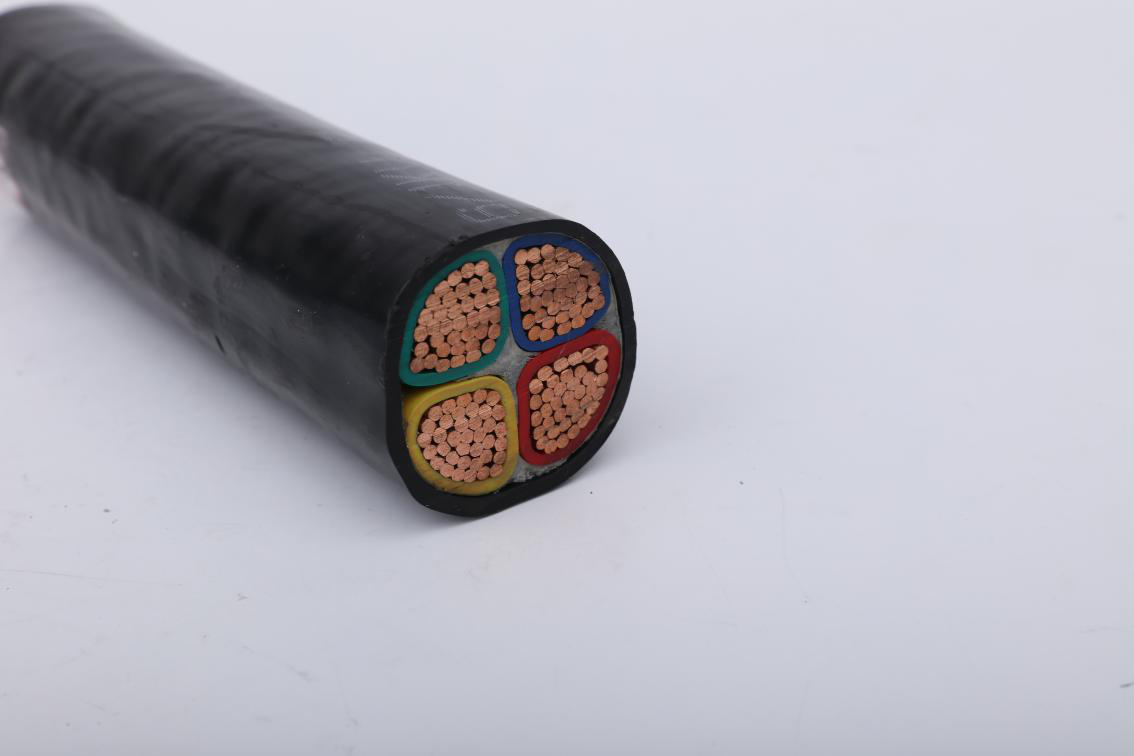
1. Current carrying capacity: Under the specified conditions (laying conditions; temperature conditions), the conductor can continuously carry (non-short circuit) without causing its stable temperature (too high to burn out) the maximum current exceeding the specified value (the highest temperature of the insulator).
2. Insulation materials: materials attached to the outside of the copper core cable, generally PVC (polyethylene), XLPE (crosslinked ethylene), EPR (ethylene-propylene composite paste), minerals, and so on.
3. Standard cross-section specification (square mm) of a general copper core cable: 0.3; 0.5; 0.75; 1; 1.5; 2.5; 4; 6; 10; 16; 25; 35; 50; 70; 95;
According to the maximum allowable core temperature, cooling conditions, and laying conditions, the current carrying capacity under different conditions is completely different.
The current capacity of the aluminum core and copper core cable can be calculated according to the cross-section, and the cross-sectional area of the copper core aluminum core of the cable can also be calculated according to the current.
1. Ambient Temperature
The ambient temperature value used is the temperature of the surrounding medium when the cable or conductor under consideration is not loaded.
2. Soil Thermal Resistance Rate
For cables buried in the ground, where the actual soil thermal resistance is higher than 2.5K.m/W, the current carrying capacity must be appropriately reduced or the soil immediately adjacent to the cable should be replaced with a suitable material.
3. Multi-Loop Grouping
When installing more wires or cables in the same group, you must multiply by the specified correction factor.
The group correction coefficient is calculated on the assumption that a load of each loop cable of the group is the same.
If you have any interest in our cable products, you can email us at info@zmscable.com or contact us via the "Contact Us" section of the website.